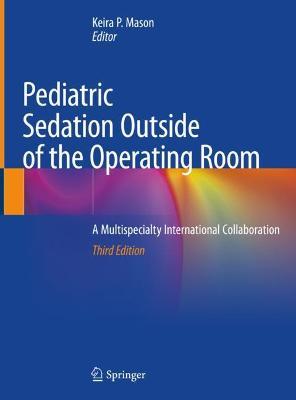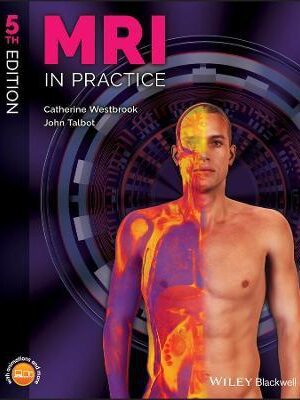MRI in Practice 5th Edition
MRI in Practice Fifth Edition:
Additional ISBNs:
∗ eText ISBN: 1119392004, 978-1119392002, 9781119392002
- See additional information on the Amazon.
More Details
MRI in Practice 5th Edition:
MRI in Practice
Contents
Preface to the fifth edition
Acknowledgments
Acronyms
Nomenclature
About the companion website
1 Basic principles
Introduction
Atomic structure
Motion in the atom
MR-active nuclei
The hydrogen nucleus
Alignment
Net magnetic vector (NMV)
Precession and precessional (Larmor) frequency
Precessional phase
Resonance
MR signal
The free induction decay (FID) signal
Pulse timing parameters
References
2 Image weighting and contrast
Introduction
Image contrast
Relaxation
T1 recovery
T2 decay
Contrast mechanisms
Relaxation in different tissues
T1 contrast
T2 contrast
Proton density contrast
Weighting
References
3 Spin-echo pulse sequences
Introduction
RF rephasing
Conventional spin-echo
Fast or turbo spin-echo (FSE/TSE)
References
4 Gradient-echo pulse sequences
Introduction
Variable flip angle
Gradient rephasing
Weighting in gradient-echo pulse sequences
Coherent or rewound gradient-echo
Incoherent or spoiled gradient-echo
Reverse-echo gradient-echo
Balanced gradient-echo
Fast gradient-echo
Echo planar imaging
References
5 Spatial encoding
Introduction
Mechanism of Gradients
Gradient Axes
Slice-Selection
Frequency Encoding
Phase Encoding
Bringing it All Together – Pulse Sequence Timing
References
6 k-Space
Introduction
Part 1: What is k-Space?
Part 2: How are Data Acquired and How are Images Created from These Data?
Part 3: Some Important Facts About k-Space!
Part 4: How Do Pulse Sequences Fill k-Space?
Part 5: Options that Fill k-Space
References
7 Protocol optimization
Introduction
Signal-to-Noise Ratio (SNR)
Contrast-to-Noise Ratio (CNR)
Spatial Resolution
Scan Time
Trade-Offs
Protocol Development and Modification
References
8 Artifacts
Introduction
Phase Mismapping
Aliasing
Chemical Shift Artifact
Out-of-Phase Signal Cancellation
Magnetic Susceptibility Artifact
Truncation Artifact
Cross-Excitation/Cross-Talk
Zipper Artifact
Shading Artifact
MoirE Artifact
Magic Angle
Equipment Faults
Flow Artifacts
Flow-Dependent (Non-Contrast-Enhanced) Angiography
Black-Blood Imaging
Phase-Contrast MRA
References
9 Instrumentation
Introduction
Magnetism
Scanner Configurations
Magnet System
Magnet Shielding
Shim System
Gradient System
RF System
Patient Transport System
Computer System and Graphical User Interface
References
10 MRI safety
Introduction (And Disclaimer)
Definitions Used in MRI Safety
Psychological Effects
The Spatially Varying Static Field
Electromagnetic (Radiofrequency) Fields
Time-Varying Gradient Magnetic Fields
Cryogens
Safety Tips
Additional Resources
References
Glossary
Index
End User License Agreement































 Dentistry
Dentistry
Reviews
There are no reviews yet.